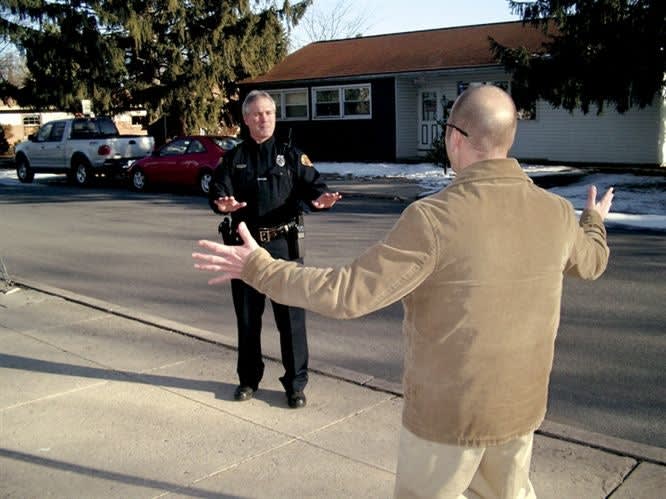I recall a respected veteran officer from my younger days who was a hulk of a man and a great street officer. His trademark move was to raise one
finger extended from his huge hand to his lips while he made the shushing sound used to quiet a child. He did this often and got the silence he requested. Many scoff at this because it is not some macho or martial arts maneuver, but it worked. This gesture should not be done in a condescending manner to belittle a person, but if used appropriately it is another alternative for seeking voluntary compliance.
Another signal I now use on the job was one I witnessed at an accident scene. A child was injured and while the paramedics examined and stabilized him, his parents arrived. If you have ever had to restrain a mother who wanted to see an injured child and expected the worst, you know the scene. The paramedic looked out of the ambulance window and gave the mother no more than a thumbs up (could have been the universal "OK" with index finger tip to thumb). It worked. It cut through the noise of the scene and calmed her. Lesson learned.
One Direction Does Not Fit All
There are those who want officers to understand all the nuances of every culture. While this is a nice idea, I do not think it is possible. The United Nations has an entire staff that addresses these protocols; law enforcement officers do not have this luxury.
Whereas one successful non-verbal command may be accepted in nearly all societies, it may have a mixed meaning in another. When I was involved in planning for the Summer Olympics in Georgia, we attempted to train officers in what are acceptable practices to most cultures and nationalities. It would be folly for me to suggest that one non-verbal command will fit all situations or cultural groups, especially if you are working in a jurisdiction where there is immense cultural diversity.












